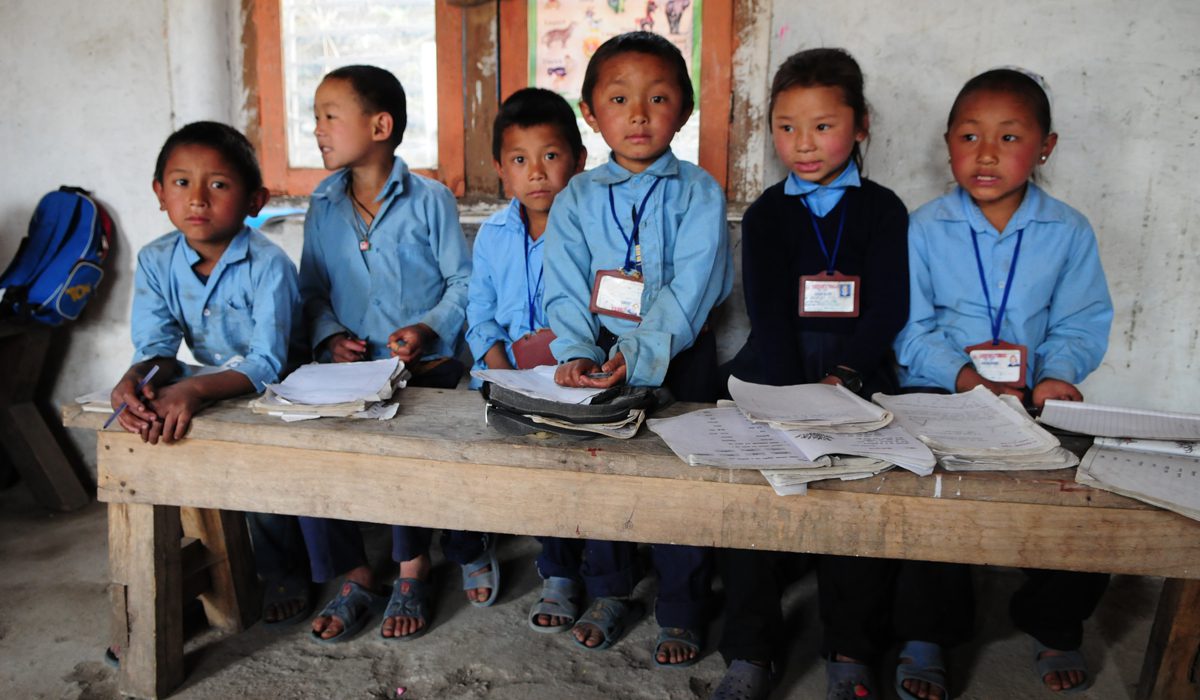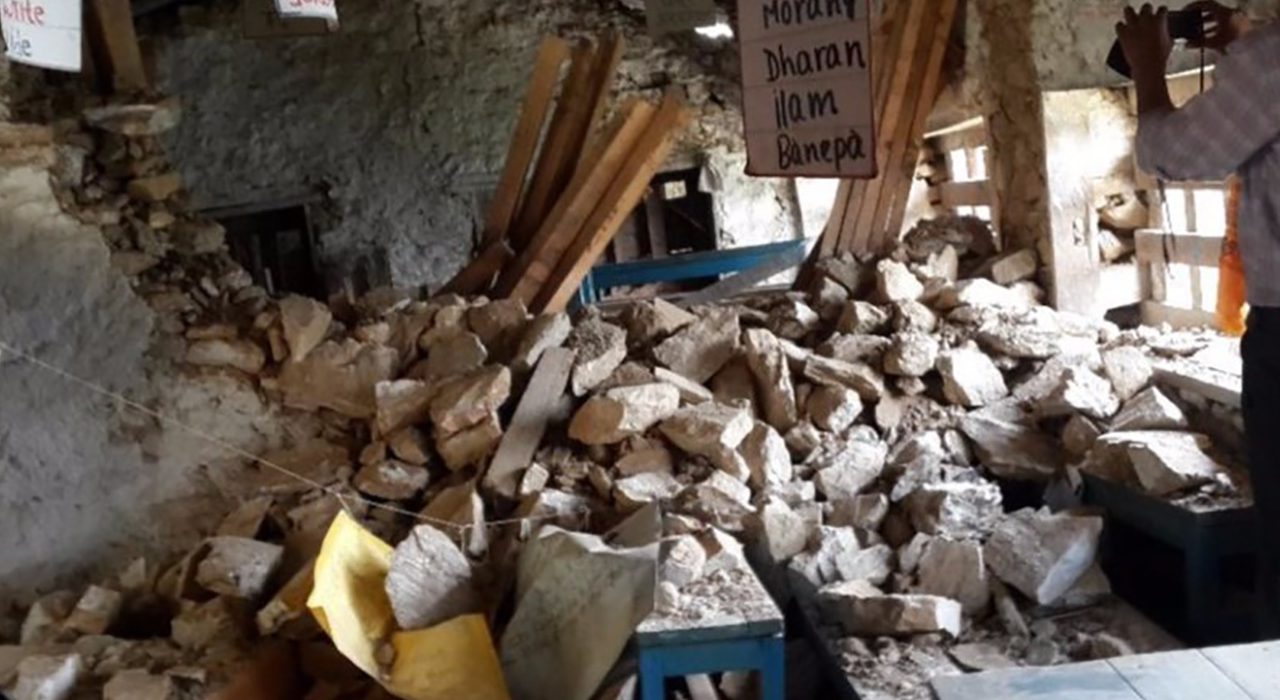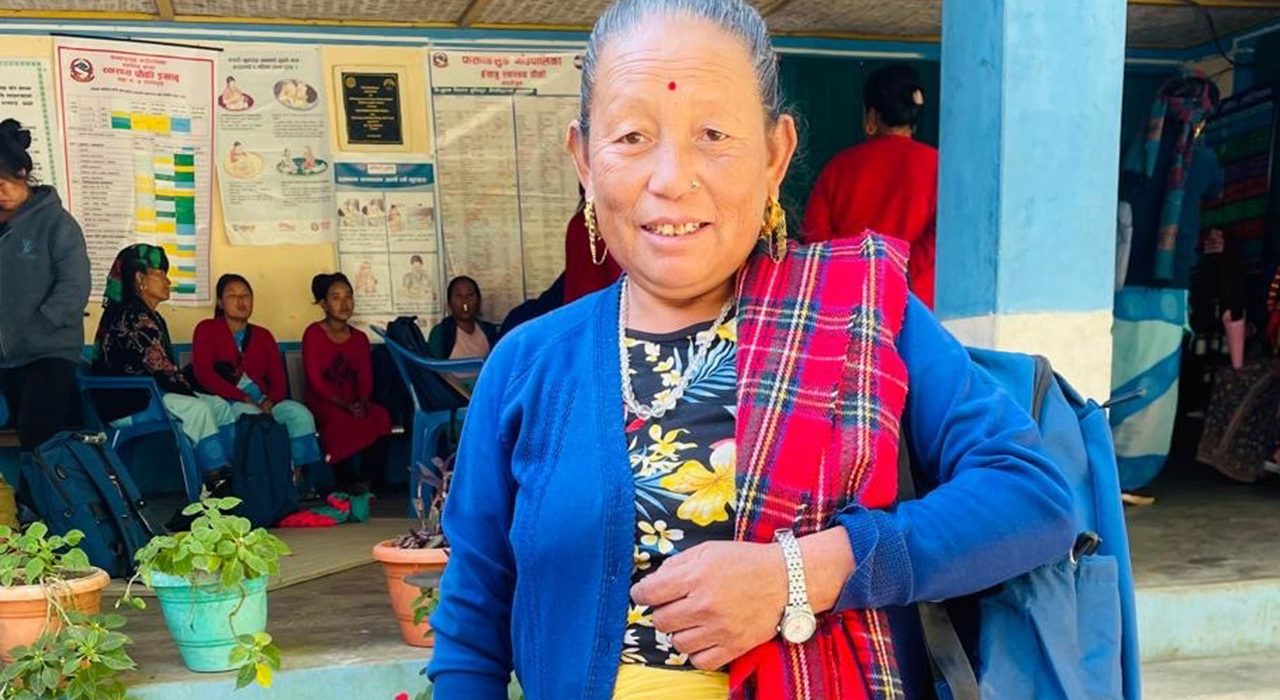The awful avalanche on Mt Everest in April 2014 killed 16 Sherpa mountaineers leaving behind 31 children without fathers.
Public support globally was amazing, and in our case, with the wonderfully generous support of our supporters, we could raise money to help in the ongoing financial assistance to ensure that those children who needed it would be able to go on and receive a full education.
This report serves as an update you on how some of those children are doing, and how your money has helped. Angus MacDonald, one of our Trustees recently met with Pasang Sherpa Lama, the Chief Administrative Officer of The Himalayan Trust Nepal, and Dawa Tshering Sherpa, the Programme Officer responsible for administering and looking after the financial support given to the children. He asked Pasang and Dawa to explain a bit more about the needs of the children and how The Himalayan Trust Nepal (HTN) was providing support.
Of the 31 children, three were already adults and in no need of further educational support and 1 was engaged in monastic education. At the time of the incident the ages of children needing financial support ranged from two weeks old to students in the final year of high school. Some children were directly sponsored and supported by climbing/trekking companies who had employed their fathers but the Nepal Mountaineering Association was keen to ensure that there was no duplication of support from various donors and institutions. The Nepal Mountaineering Association undertook to support pre-school and university funding.
What form does the support of Himalayan Trust Nepal take?
The NMA and HTN agreed that the Trust will support the 18 children not otherwise financially supported by other organisations from Class 1 through to completion of Class 12. This is funded through the contributions from Himalayan Trust UK, Himalayan Trust New Zealand, American Himalayan Foundation and Benoit Chamoux Foundation.
How do you maintain contact with the children and mothers?
HTN has regular contact with both the families and schools to trace the children’s educational progress for each academic term. A yearly report including an update on both education and their family situation is provided to the NMA in its capacity overseeing the entire programme, as well as the various international partner charities providing the support. The Trust will try to meet with all children and their mothers at least once a year.
Can you tell us a little bit more about the school?
The Bright Horizon Children’s Home is situated at an idyllic village in Mathathirta VDC approximately 15 kilometres away from Kathmandu city. The school has separate boys and girls hostels and children can stay at the hostel even during the long holiday if needed as well as during short holidays if their mother or guardian is not able to come to the city. Medical care is provided by the school for minor issues.
What does it cost?
The present annual cost per child is NRs100,000.
Can you tell us more about some of the children?
While not able to give out names or share photographs of the children we can tell you a bit more about some of them certainly.
Student A is 16 years old and originally from Taplejung region and has just completed his Secondary Education Exam. He is expecting to pass with an A Grade (results will be known at the end of June!). He will move into Class 11 in July. During the summer he will return to Lelap. He is an excellent footballer and hopes to continue with his training. He certainly comes from a sporty family, as aside from his late father, his sister is a gold medal winning judo competitor having represented Nepal in the South Asian Games and also at the Olympics!
Student B is the middle sibling of three at Bright Horizon. Aged 12 and from Juving she is loving the environment and enjoying her studies. Her younger brother has just enrolled at the school in Class 1. Her elder brother is 19 and, while perhaps finding English challenging, is working hard to improve it. He is finding a big difference between his village school and Bright Horizon.
Angus came away from his meeting with Pasang and Dawa with confidence that HTN is taking an active and caring involvement in the futures of the children. While the responsibility is of course financial rather than pastoral it was clear that we all feel a sense of protectiveness towards the children.





